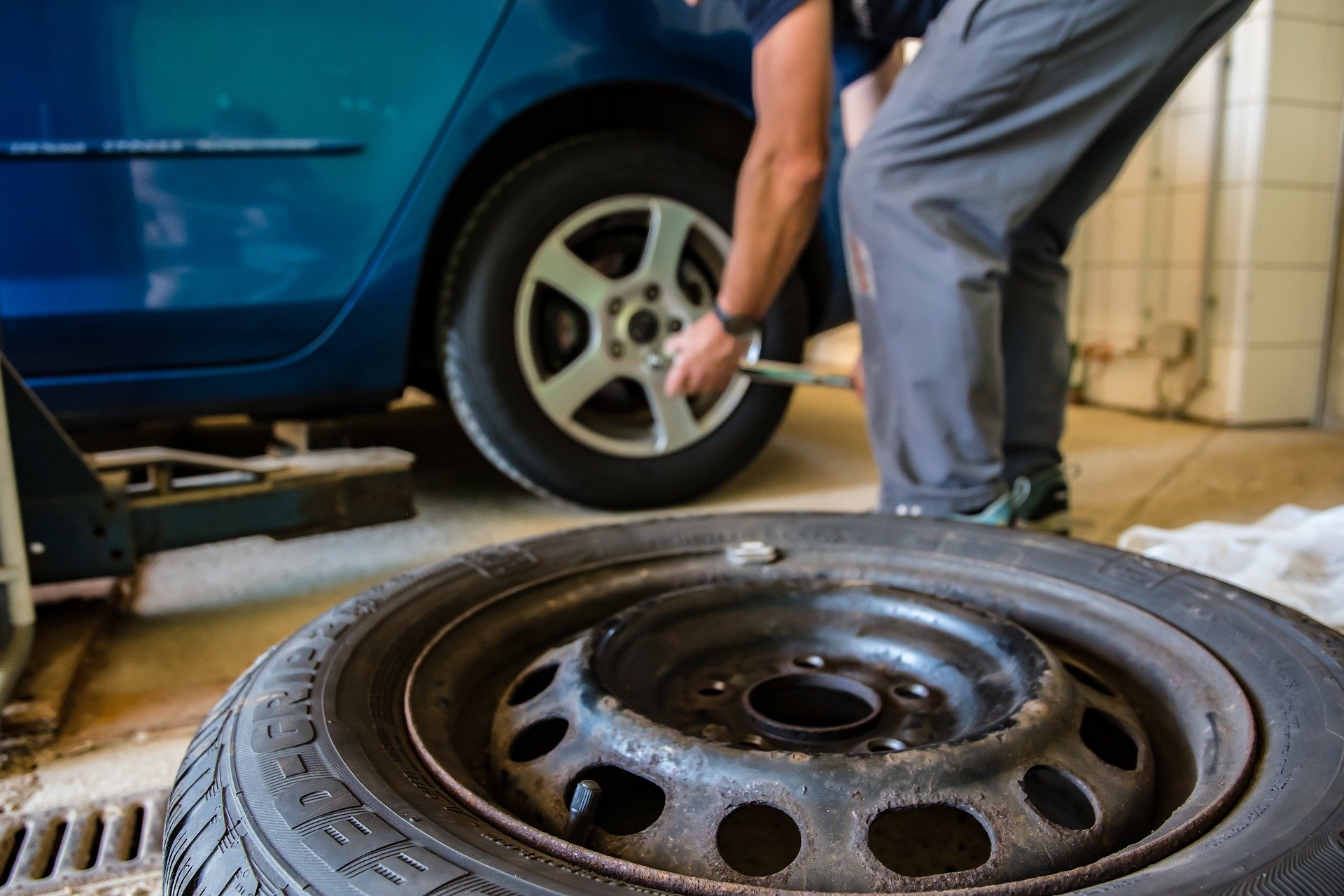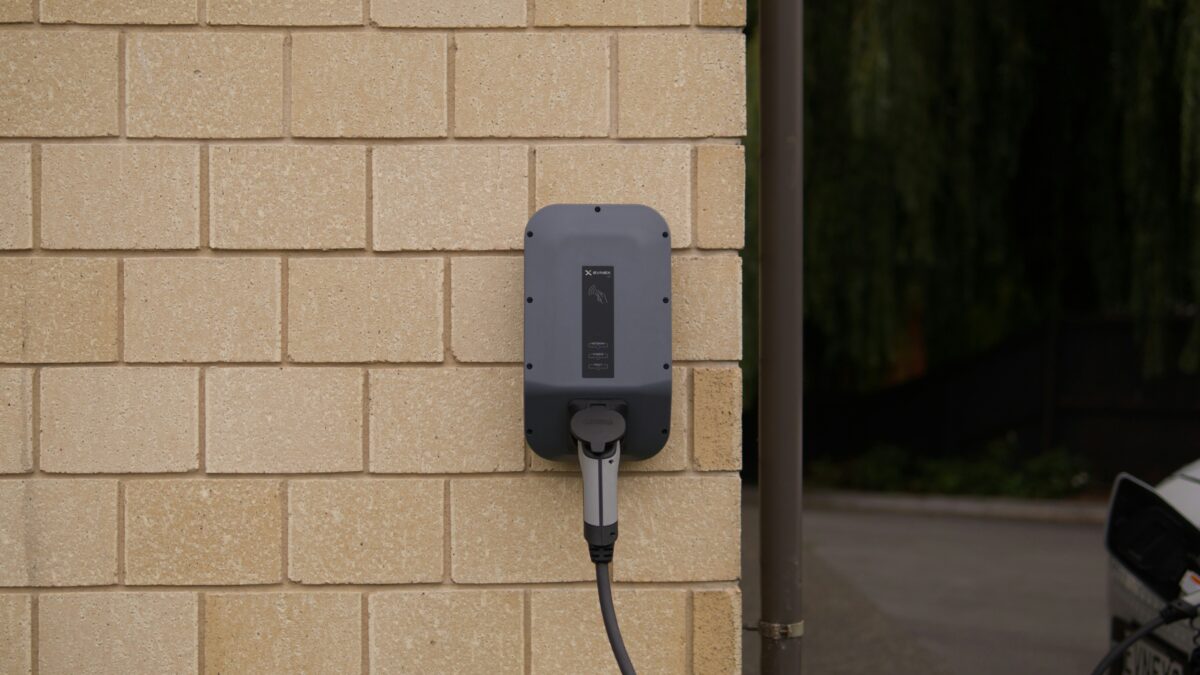How Do I Change A Tire?
Most drivers have experienced the inconvenience of a flat tire. In no time, you could find yourself on the side of the road at a standstill, basically the last thing you wanted to happen. Your first instinct is probably to rely on your phone. If you’re lucky, roadside assistance comes standard with your auto insurance policy.
But what happens when you’re out of signal or your trusted mobile device has no charge? You’re left fending for yourself, likely wishing you had taken the time to learn how to change a tire.
The good news is changing a tire isn’t complicated. It just requires the right knowledge, proper tools, and a little bit of practice. This guide will break down the basic necessities needed and step by step instructions on how to quickly and efficiently change a flat tire.
Items required to change a tire
Before you can take on the task of changing a flat tire, your vehicle must be readily prepared. Most vehicles should come equipped with these items, but it’s always a good idea to double check.
Items that should come with your vehicle:
- Spare tire
- Jack
- Lug Wrench
- Owner’s manual
Additional items to keep in tow:
- Flashlight with batteries
- Gloves
- Small piece of wood
Step by step guide: how to change a tire
Park in a safe location
If you drive a newer vehicle, your dashboard should notify you once your tire pressure has become too low. Oftentimes, you’ll already know you have a flat tire from the thumping sound on the road.
Before you panic, make sure to analyze your surroundings. Don’t just pull over on a busy road as this could jeopardize your safety. Keep driving slowly until you find an appropriate spot. Either a parking lot or quiet street are your best options.
Turn on your hazard lights
After you’ve found a safe location, it is imperative to turn on your hazard lights. This will warn oncoming traffic to take caution when driving by. Some drivers might even stop to offer their help once they see you’re stuck on the side of the road.
Utilize the parking brake
The parking brake will ultimately keep your car as stationary as possible while you replace the flat tire. It’s also extremely helpful if the road you’re stuck on is sloped or uneven.
Gather your equipment
Changing a flat tire can easily become less stressful if you have your items readily available. Lay your equipment close to you, so you can follow each step with precision.
Loosen the lug nuts
Pick up your lug wrench and begin loosening the lug nuts in a counter-clockwise motion. Some nuts may be tightly secure, so you’ll need to exert extra force to loosen them. Do not remove the lug nut completely, just loosen them enough so you can manually twist them off with your fingers.
Tip: Some vehicles have a hubcap covering the lug nuts. The hubcap or cover can be snapped on and off (usually easily) but you’ll need to safely remove this item before you begin the process.
Position the jack under your vehicle to change a tire
The jack should be placed directed beneath the vehicle frame where the flat tire is present. To avoid any damage to your vehicle, it is suggested to follow the instructions on your owner’s manual to properly position the jack.
Raise your vehicle
Once the jack is in place, raise the vehicle until the flat tire is approximately two to six inches above the ground.
Tip: To prevent the jack from undermining the weight of your vehicle, adding a small piece of wood or sturdy surface underneath the jack is a tactful method that most drivers swear by.
Remove the lug nuts
Unscrew the loosened lug nuts using your hand. Don’t rush this step as you do not want a lug nut to fall.
Remove the flat tire
Gently pull the tire towards you to remove it completely from the hub. Set it aside safely.
Change a tire by attaching the spare tire
At this point, the hard part is done. Place the spare tire on the hub, making sure the lug bolts align with the wheel.
Tighten the lug nuts (by hand)
Begin tightening the lug nuts by hand.
Reminder: You will re-tighten the lug nuts once the vehicle is lowered to the ground.
Lower the vehicle more, finish tightening the lug nuts (with the wrench)
Use the jack to lower the vehicle closer to the ground. At this time, you can tighten the lug nuts with the wrench in a clockward motion. Remember righty tightly. Tighten the nuts with as much force as possible.
Bring the vehicle to ground level
Once the vehicle has reached the ground, go ahead and remove the jack and take another few tries at tightening the lug nuts.
Reminder: Replace the hubcap if applicable. If the hubcap from your flat tire does not fit the spare then just make sure you keep it safely in your vehicle.
In 15 to 30 minutes, you can change a tire
Flat tires are not always avoidable. And yes, they can ruin your day. But keeping watch over your tire inflation, wear and tear, and tire maintenance will reduce your likelihood of flat occurring.

















I have admittedly never changed a flat and have luckily never needed to.
I had to learn all this the hard way.